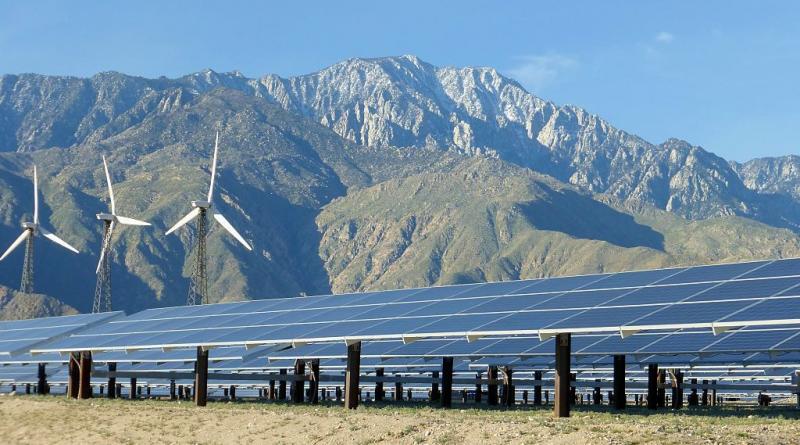Renewables are winning the economics battle against new coal and gas, stunning study shows.

By 2030, wind and solar will "undercut existing coal and gas almost everywhere."
A new study reveals just how stunningly rapid the clean energy transition is.
Bloomberg New Energy Finance (BNEF) reported on Tuesday that renewables are now the cheapest form of new electricity generation across two thirds of the world — cheaper than both new coal and new natural gas power.
Yet just five years ago, renewables were the cheapest source of new power in only 1% of the world, explains BNEF in its New Energy Outlook 2019.
Equally remarkable, BNEF projects that by 2030, wind and solar will “undercut existing coal and gas almost everywhere.”
In other words, within a decade it will be cheaper to build and operate new renewable power plants than it will be to just keep operating existing fossil fuel plants — even in the United States.
The reason for this transformation is the remarkable drop in both solar and wind power prices this decade: Since 2010, wind power has dropped 49% in cost and solar plummeted 85%.
BNEF projects prices will continue to fall for the next decade and beyond, with the cost of solar panels and wind power dropping by another third by 2030. Overall, by 2050, the cost of solar electricity is expected to drop 63% compared to today, and the cost of wind will likely drop 48%.
Because of these ongoing price drops, the world is projected to invest a whopping $4.2 trillion in solar power generation in the next three decades. The result is that solar will jump from a mere 2% of global power generation today to a remarkable 22% in 2050.
Over the same three decades, global investment in wind power will likely hit $5.3 trillion, and wind is expected to rise from 5% of global electricity today to 26% in 2050.
The result is that we are shifting from a world today where two thirds of power generation is from fossil fuels to one three decades from now where two thirds is zero carbon. As BNEF puts it, we are “ending the era of fossil fuel dominance in the power sector.”
18 June 2019
THINKPROGRESS





